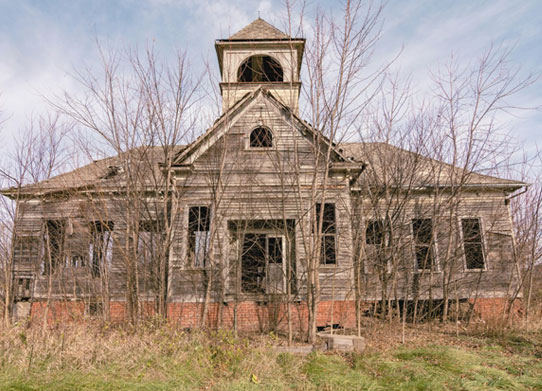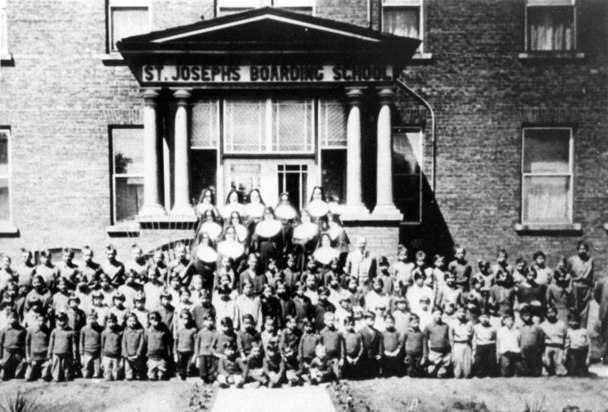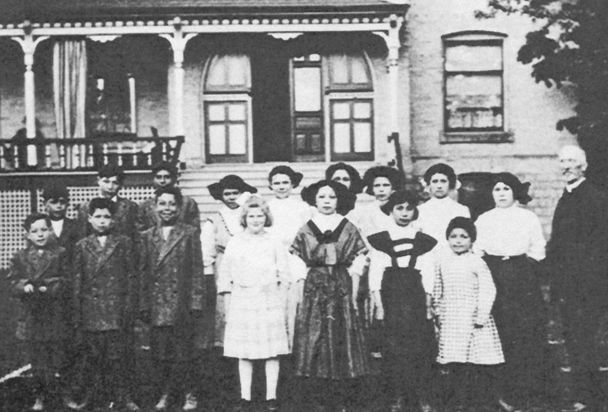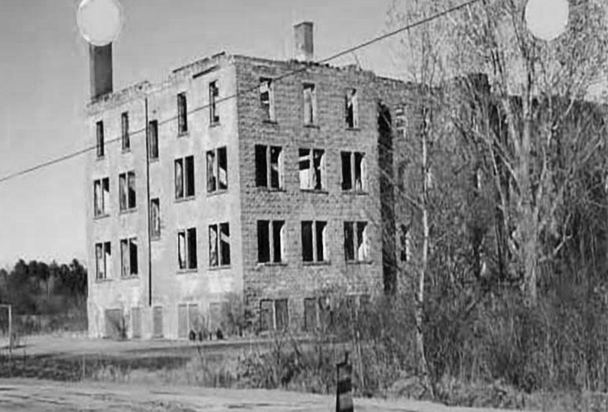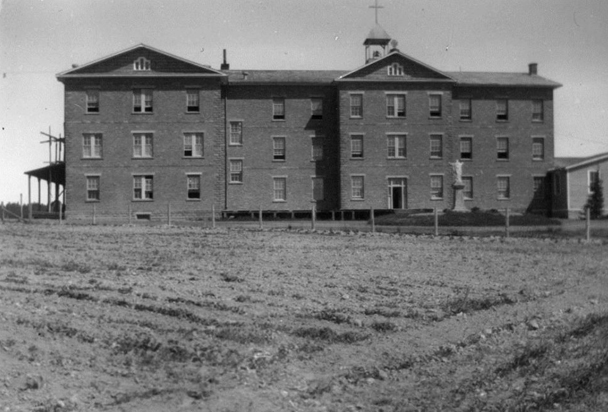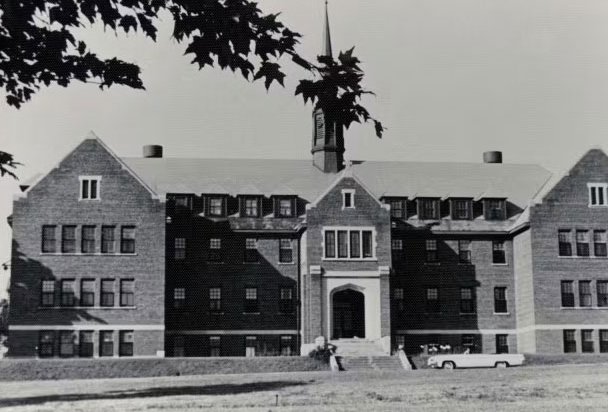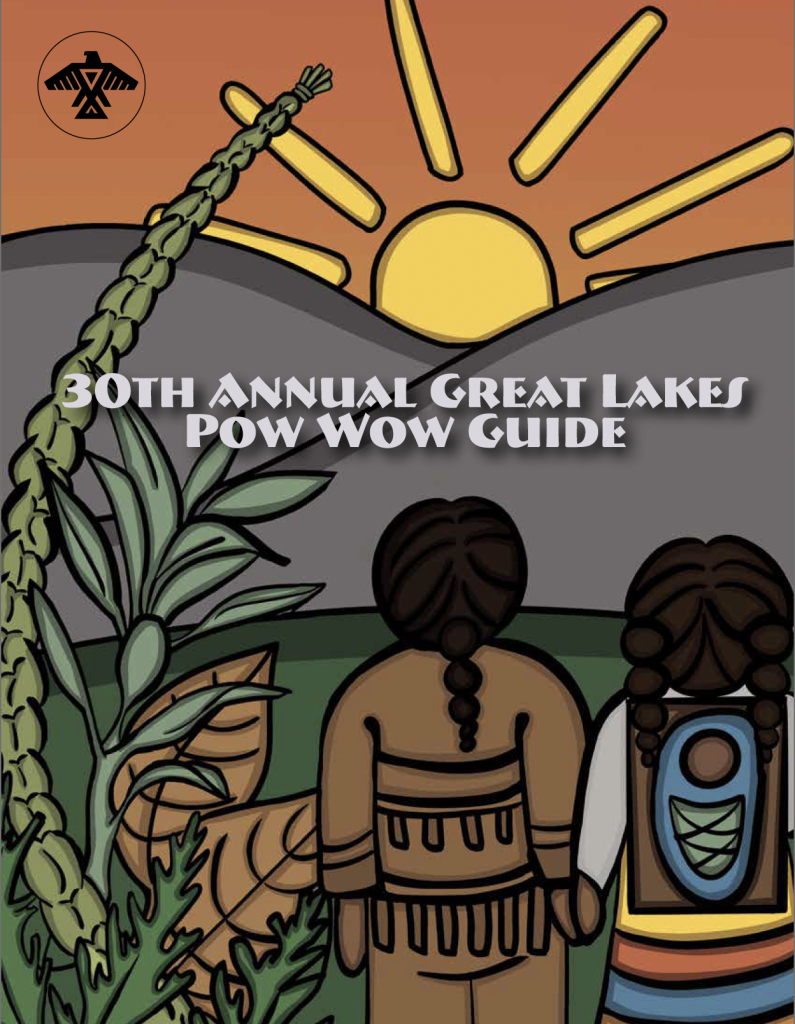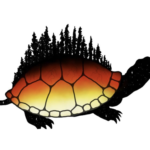Indian Residential, Day, and Industrial Schools
History of the Indian Residential School System in Canada
Our Creation Story tells us how we came to occupy and thrive on Turtle Island. For thousands of years, our culture and knowledge have helped us to flourish and adapt to ever-changing circumstances. We lived in a vibrant society based on the enduring strengths of our culture.
The biggest test of our society began when visitors from another continent arrived under the guise of friendship. Alliances and rivalries were formed with the various newcomers. Soon, missionaries arrived on our lands with the intent of saving our souls – they were trying to save us from ourselves.


